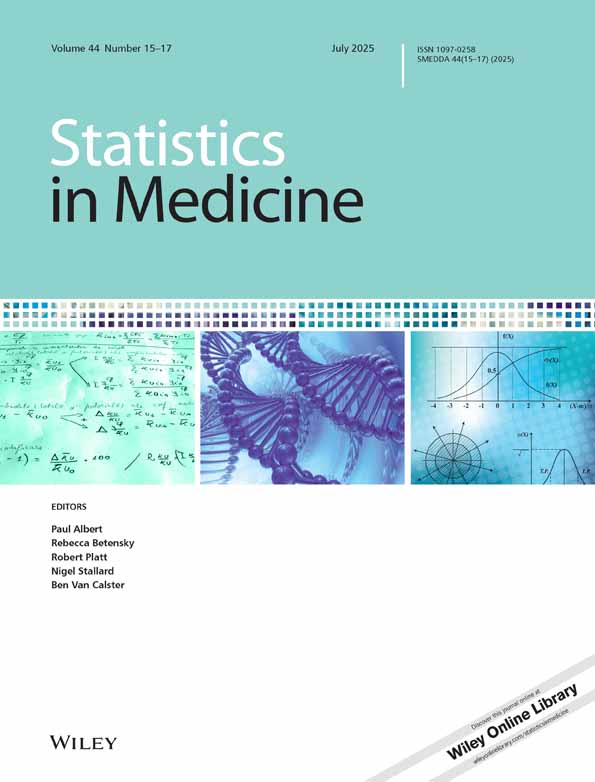A simulation-based comparison of techniques to correct for measurement error in matched case–control studies
Abstract
The presence of measurement errors affecting the covariates in regression models is a relevant topic in many scientific areas, as, for example, in epidemiology. An example is given by an epidemiological population-based matched case–control study on the aetiology of childhood malignancies, which is currently under completion in Italy. This study was aimed at evaluating the effects of childhood exposure to extremely low electromagnetic fields on the risk of disease occurrence by taking into account the possibility of erroneous measures of the exposure. Within this framework, we focus on the application of likelihood methods to correct for measurement error. This approach, which has received less attention in literature with respect to alternatives, is compared with commonly used methods such as regression calibration and SIMEX. The comparison is performed by simulation, under a broad range of measurement error structures. Copyright © 2008 John Wiley & Sons, Ltd.




